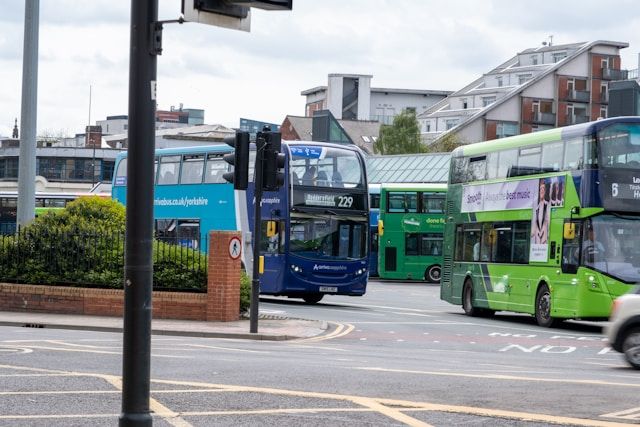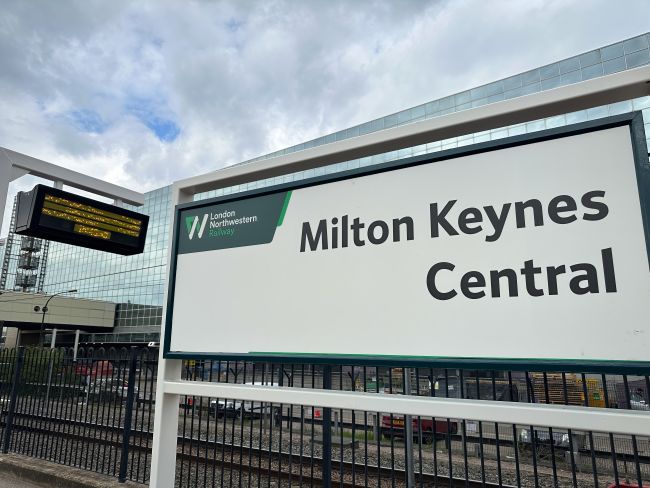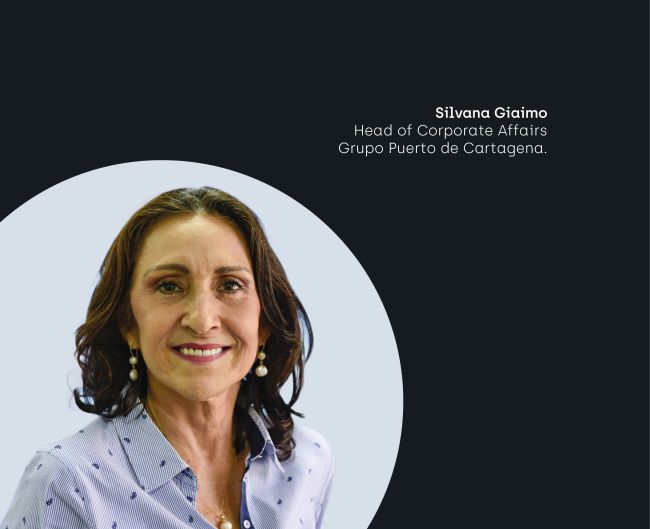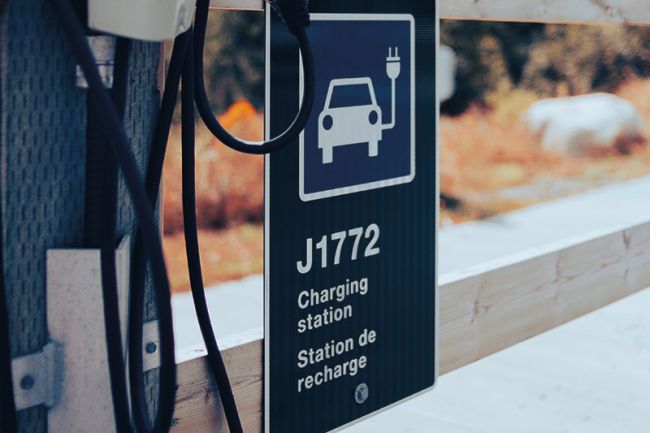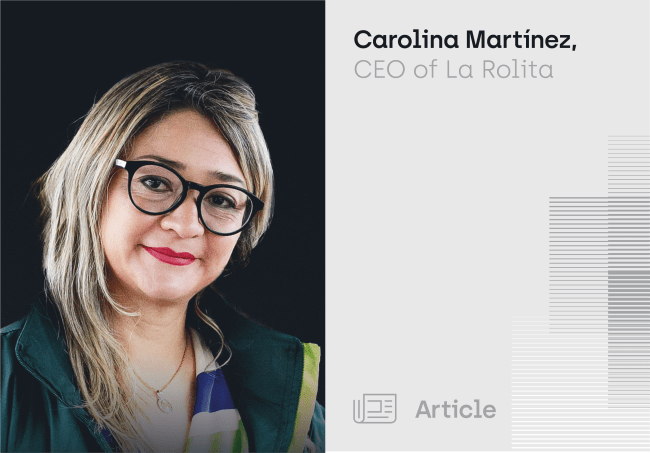Consolidating and reimagining campuses
How is the technological revolution affecting the design and operation of university campuses?

Education, education, education. The mantra may be twenty years old, but each year it still draws students in their hundreds of thousands to more than 100 universities across the UK. And while the need for lectures may remain the same the rise of social media, Uber and online shopping means that the needs and expectations of students are changing. So how is the technological revolution affecting the design and operation of university campuses?
Students’ changing mobility
Compared to twenty years ago, cars are much less seen as a status symbol to be acquired and driven at the earliest opportunity. Research by the RAC Foundation shows that young adults are learning to drive later and are less likely to own a car. We identified several possible reasons.
First, technology simplifies car-free travel. Apps like Citymapper make it easier to find and use public transport, Uber makes it easier to order and pay for a taxi, and computer-based training (CBT) and online courses, publications and data reduce the need to attend lectures or libraries.
Second, social media provide new ways of interacting with friends, reducing the need to travel.
Third, it has become more expensive to learn to drive, partly because the driving test has become harder and requires more lessons. Obtaining insurance is also more expensive. A combination of more young adults first studying and then paying off their student loans helped reduce the number willing to incur the costs associated with owning a car.
Transport for students
At first sight, all these trends will reduce the need to cater for cars on campus, but the reality is more complex, for several reasons. Universities in areas with good public transport can often reduce provision for student car parking, enabling car parks to be reused for cycle parking and gardens, or to add new buildings or facilities. However, space may be needed for pick-up and set-down by Uber, and to accept deliveries, including not only books and clothes but also takeaway food and grocery shopping, all ordered on the internet. The extended hours of these arrivals and departures must be catered for without disturbing the university’s operations or its neighbours.
Universities in small towns or on out-of-town campuses, in contrast, have seen little reduction in demand for student parking, partly because the higher costs of attending university mean that more students live at home and commute by car. Students paying £9,000 a year in fees may expect that parking will be available and free when they arrive to study. Reducing car use at these universities may require a stronger emphasis on attracting students local enough to walk, cycle or use public transport, and attracting students from further afield with low prices for campus accommodation.
Transport for staff
Most students will be at university for three or four years, and their choice of university, accommodation and travel patterns can be influenced by what is offered when they apply. University staff, in contrast, have often built up their home life and journey to work over many years. Encouraging them to change may be difficult, particularly at universities with large, split or multiple campuses, where staff also need to reach, and travel between, two or more places of work.
If persuading staff to consider different ways of travel is a challenge, the key lessons from transport behaviour change are that leadership needs to come
from the top, and that strong and clear communication is vital.
First, the problem must be articulated. If the university is to expand, better use of existing space may be required, and this may mean reducing the space devoted to staff car parking.
Second, the ‘need’ for car parking must be examined, and the requirements of different groups of students and staff assessed and prioritised. In parallel, the alternatives of walking, cycling, public transport and car-sharing must be identified. Surveys of existing travel patterns, and awareness of other options, can help to clarify the issues and to identify opportunities. Schemes providing loans for cycle purchase, or mileage payments for work-related cycle use, may have been mentioned on arrival but quietly forgotten. Reminding students and staff of their availability, and their health and environmental benefits, can help influence change. Changing behaviour may take longer for staff than for students, but new joiners can be encouraged to use public transport, if necessary by restricting car parking to existing users or those with specific needs.
Consolidating and reimagining campuses
Changes in student and staff travel can, as indicated above, facilitate the reuse of existing campus space for higher quality residential space, more conference facilities, and improved areas for collaborative working.
Many existing universities are working with architects to reimagine and consolidate their campuses. Pedestrian modelling techniques can be used at the design stage, to examine how different layouts of lecture halls, doors, lifts and stairs can be arranged to create vibrant spaces. However, campuses are likely to remain large, and with confusing layouts, concealing any original vision for their layout, and even staff and students may find it difficult to find unfamiliar buildings or rooms. Airports and hospitals, and sometimes whole cities, face similar issues, and an often-overlooked issue is the need for wayfinding, with clear, informative and up-to-date signs directing new students and visitors around campuses and within buildings. Examples of the good use of wayfinding tools with the introduction of maps and signs across cities can be seen in London and Toronto for example, and many universities are applying similar principles.
So, despite the debts, the protests and the misjudged haircuts, students still want to study in the company of other students – and universities need to work hard to take advantage of wider changes in car use and technology to deliver attractive campuses which are less reliant on cars.
Universities compete for staff and students, and to attract them they need to work hard, not only on the design and quality of their facilities and courses, but also on the accessibility, intelligibility and liveability of the campuses on which they work and study. So, as they negotiate the complex and potentially time-consuming UK planning system to get permission for the changes they want, they can draw on several trends which help them to use available space more efficiently and to reduce traffic impacts on local neighbours.


